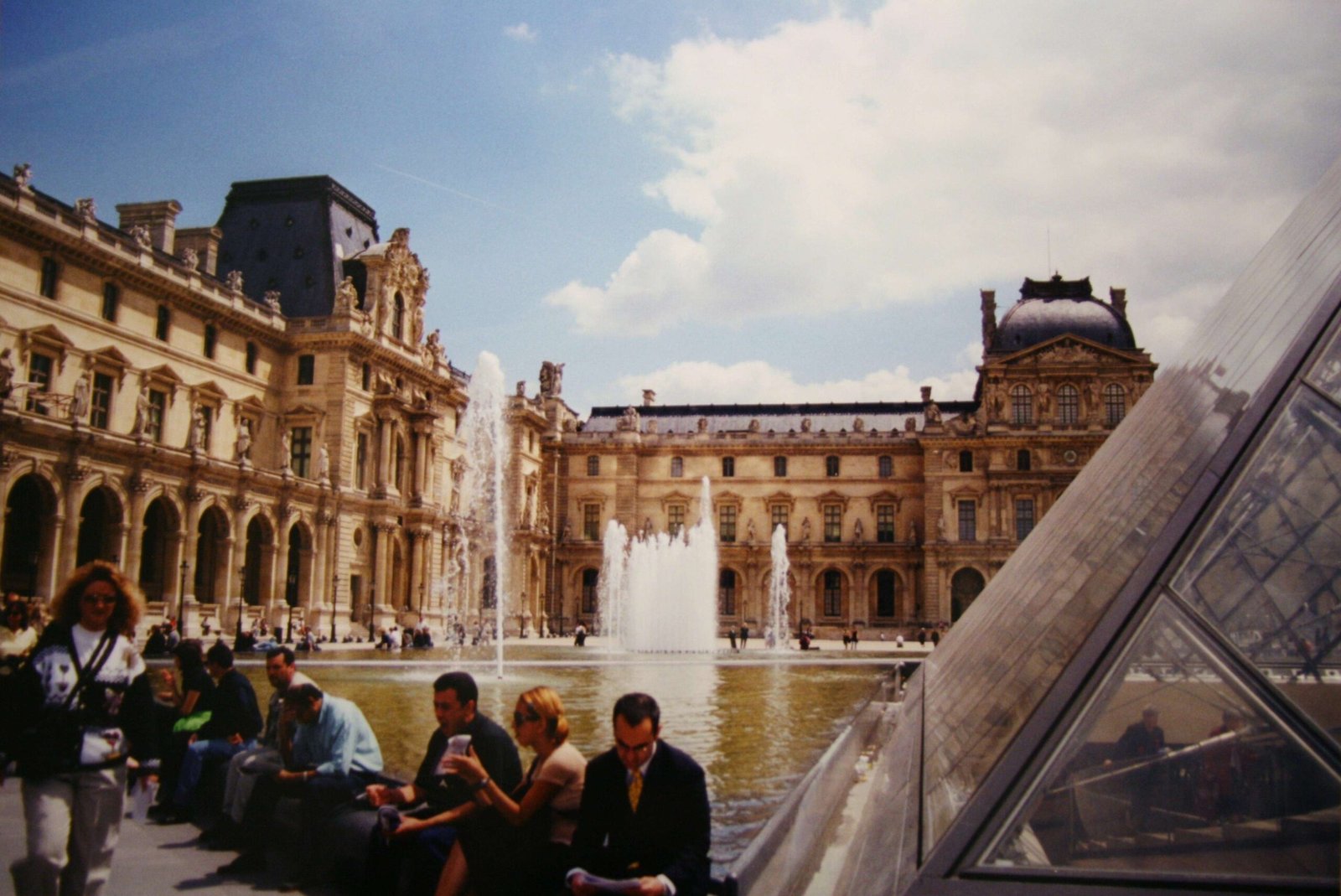The Louvre Museum in Paris, France, stands as a colossal testament to human artistic achievement. As one of the world’s largest and most visited museums, it houses an unparalleled collection of art and artifacts spanning thousands of years of human history. Its vast size, both in terms of physical space and the breadth of its collection, makes it a unique cultural institution that continues to captivate millions of visitors each year.
Why Is the Louvre Museum Considered One of the Biggest?

The Louvre Museum’s status as one of the biggest museums in the world is attributed to several factors:
-
Physical Size: The museum covers an enormous area of 60,600 square meters (652,300 square feet), making it the largest museum building in the world.
-
Collection Size: With over 380,000 objects and 35,000 works of art on display, the Louvre’s collection is vast and diverse.
-
Visitor Numbers: As the most-visited museum globally, the Louvre attracts millions of visitors annually, further cementing its status as a cultural giant.
-
Historical Significance: The museum’s long history and the importance of its collection contribute to its reputation as one of the biggest and most significant museums worldwide.
What Are the Key Dimensions of the Louvre Museum?

Understanding the physical scale of the Louvre helps to appreciate its status as one of the biggest museums:
- Total Area: 60,600 square meters (652,300 square feet)
- Exhibition Space: Approximately 72,735 square meters (782,910 square feet)
- Length of Façade: 135 meters (443 feet)
- Height: Varies, with the Louvre Pyramid reaching 21.6 meters (71 feet)
These dimensions make the Louvre significantly larger than most other museums globally, allowing it to house and display its extensive collection effectively.
How Many Artworks Does the Louvre House?
The sheer number of artworks in the Louvre’s collection is staggering:
- Total Objects: Approximately 500,000
- Works on Display: Around 35,000 at any given time
This vast collection is divided into several departments:
- Egyptian Antiquities
- Near Eastern Antiquities
- Greek, Etruscan, and Roman Antiquities
- Islamic Art
- Sculpture
- Decorative Arts
- Paintings
- Prints and Drawings
Some of the most famous works housed in the Louvre include:
- Leonardo da Vinci’s Mona Lisa
- The Venus de Milo
- The Winged Victory of Samothrace
What Makes the Louvre’s Collection Unique?
The Louvre’s collection stands out not just for its size, but also for its diversity and historical significance:
- Temporal Span: The collection covers art and artifacts from prehistoric times to the 21st century.
- Geographical Diversity: Objects from various cultures and civilizations across the globe are represented.
- Artistic Mediums: The museum houses paintings, sculptures, decorative arts, and archaeological finds.
- Iconic Masterpieces: Many of the world’s most recognizable artworks call the Louvre home.
How Many Visitors Does the Louvre Attract Annually?
The Louvre’s popularity as a tourist destination is evident in its visitor numbers:
| Year | Number of Visitors |
|---|---|
| 2023 | 8.9 million |
| 2022 | 7.8 million |
| 2018 | 10.1 million (peak) |
On average, the museum welcomes between 22,000 to 25,000 visitors daily, making it the most-visited museum in the world.
What Challenges Does the Louvre Face Due to Its Size?
Being one of the biggest museums comes with its own set of challenges:
- Crowd Management: Handling millions of visitors annually requires sophisticated logistics and security measures.
- Conservation: Maintaining such a vast collection demands significant resources and expertise.
- Exhibition Planning: Deciding which of the 500,000 objects to display in the limited exhibition space is a constant challenge.
- Navigation: The museum’s size can be overwhelming for visitors, necessitating clear signage and guidance.
How Does the Louvre Compare to Other Major Museums?
To put the Louvre’s size into perspective, let’s compare it with other renowned museums:
- British Museum (London): 70,000 square meters, 8 million objects
- State Hermitage Museum (St. Petersburg): 66,842 square meters, 3 million objects
- Metropolitan Museum of Art (New York): 190,000 square meters, 2 million objects
While some museums may have larger physical spaces, the Louvre’s combination of size, collection breadth, and visitor numbers solidifies its position as one of the biggest and most significant museums globally.
What Future Plans Exist for the Louvre?
As one of the biggest museums, the Louvre continues to evolve:
- Digital Initiatives: Expanding online access to the collection and virtual tours.
- Sustainability: Implementing eco-friendly practices to reduce the museum’s environmental impact.
- International Partnerships: Collaborating with museums worldwide to share collections and expertise.
- Renovation Projects: Ongoing work to preserve and improve the museum’s historic buildings.
The Louvre Museum’s status as one of the biggest is not just about its physical size or the number of artworks it houses. It’s about the immense cultural impact it has on the world, the millions of visitors it inspires annually, and its role in preserving and showcasing human artistic achievement. As it continues to evolve and adapt, the Louvre remains a titan in the world of museums, embodying the grandeur and significance of global art and history.
References:
1. The Louvre – Designing Buildings Wiki
2. Louvre Pyramid – Wikipedia
3. Louvre – Wikipedia

